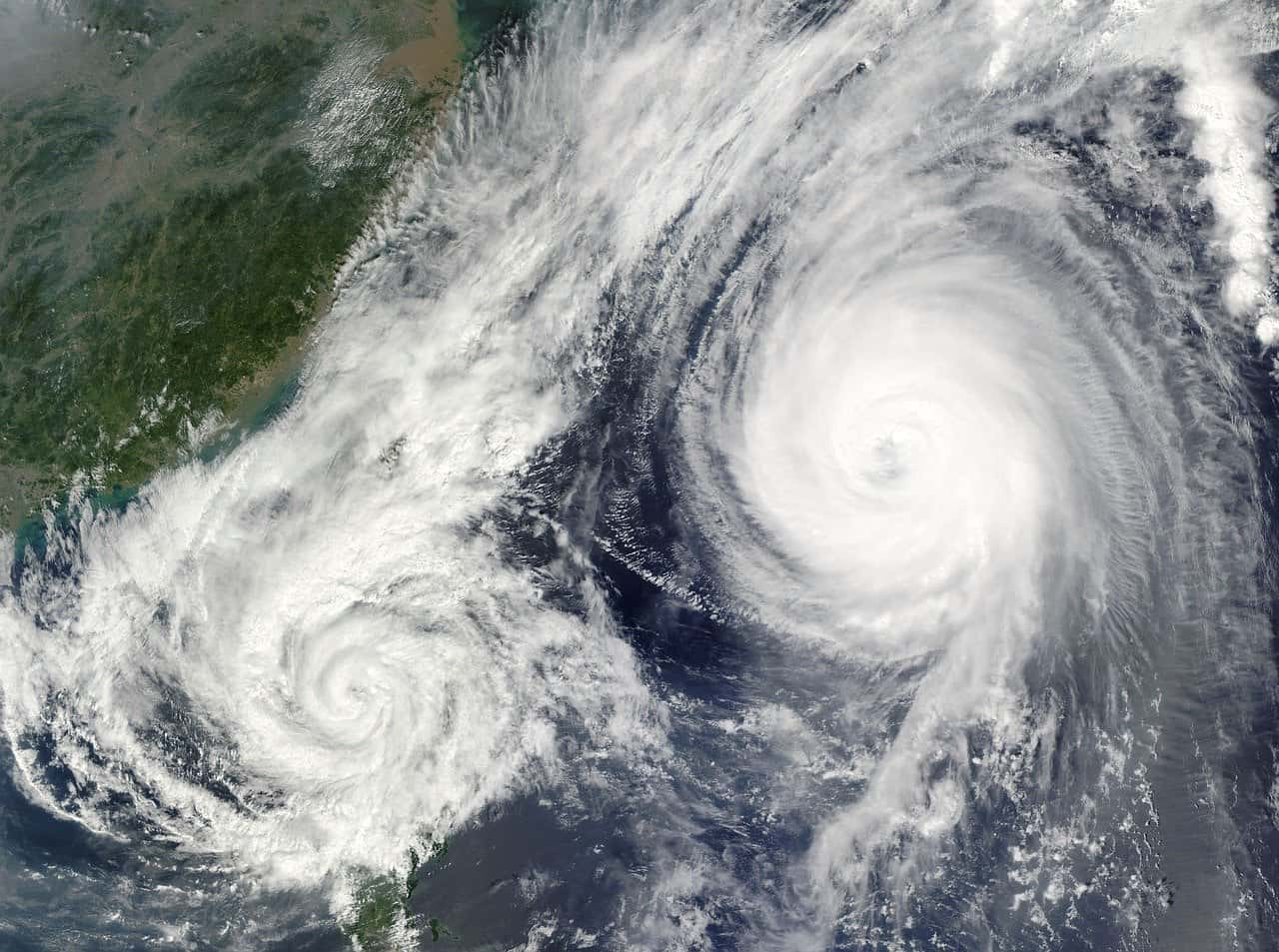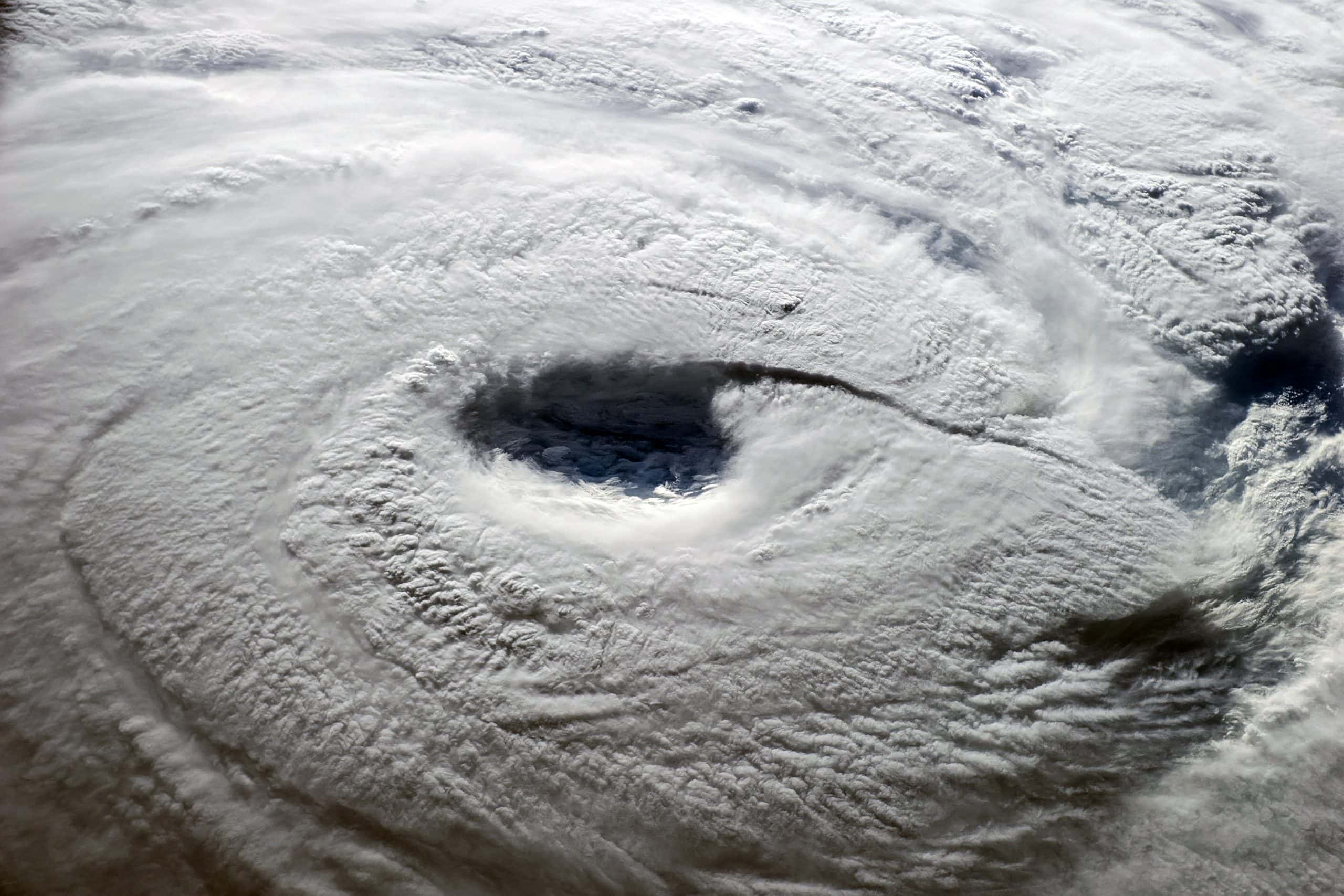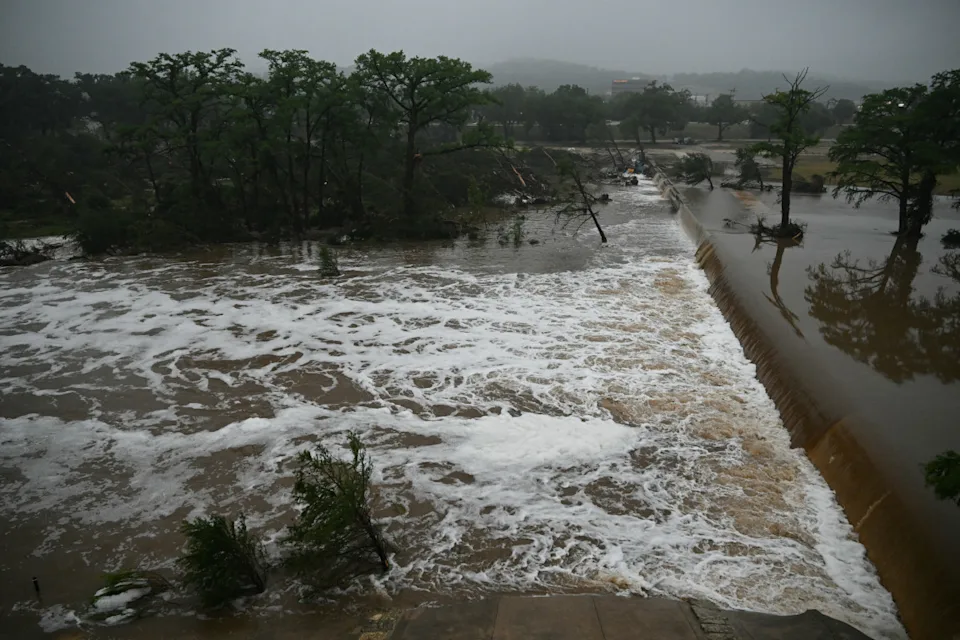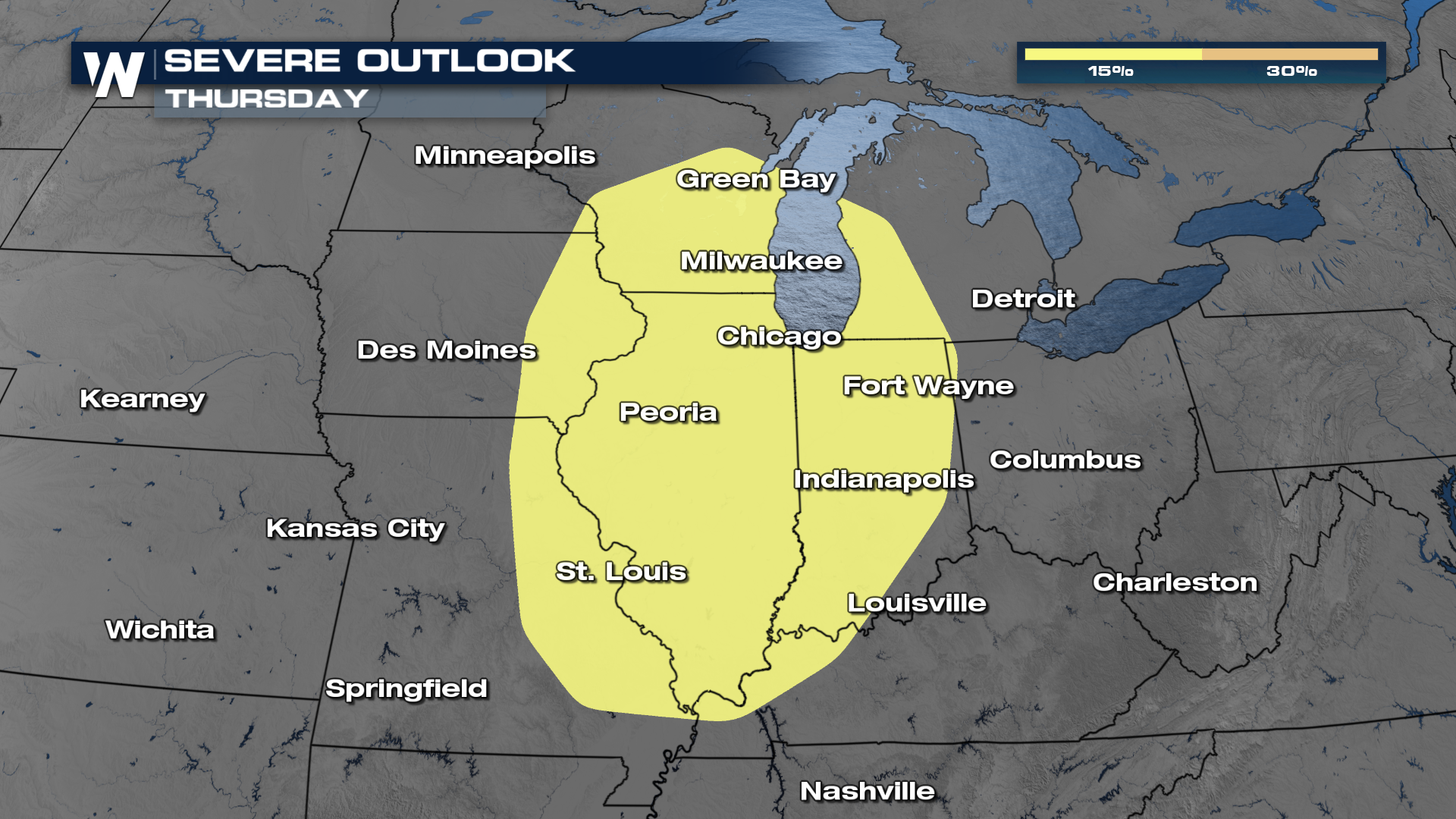As we approach the peak of tropical cyclone activity in the Atlantic during early September, the National Hurricane Center has identified a range of tropical phenomena on its map.

In the vast expanse of the Atlantic Ocean, multiple tropical systems in the Atlantic are currently in play, but there’s no immediate cause for concern for the United States
These include a pair of tropical systems in the Atlantic, one tropical storm, one hurricane, one post-tropical cyclone, and a tropical wave. Notably, there’s the formerly menacing Category 4 hurricane, Idalia, which recently struck Florida’s Big Bend but has now transformed into a “post-tropical cyclone.” Predictions suggest that Idalia may revert to a tropical storm as it approaches Bermuda.
However, the path and intensity of Idalia remain uncertain within the tropical systems in the Atlantic, and there’s a chance it could change course towards Cape Cod, Massachusetts. Meanwhile, Hurricane Franklin, which has been active in the Atlantic’s tropical systems for over a week, is gradually weakening and transitioning into an extratropical cyclone as it moves eastward.
Tropical Storm Jose, located far out at sea, is expected to be absorbed by Hurricane Franklin
Tropical Depression Gert, also distant from land areas, and tropical systems in the Atlantic is forecasted to become a tropical storm before weakening and dissipating. Additionally, Tropical Depression Twelve is forming in the eastern Atlantic, likely to become Tropical Storm Katia, but is expected to weaken and become a remnant low.
Furthermore, a tropical wave originating off Africa‘s west coast is being monitored for potential development, with favorable environmental conditions in the tropical systems in the Atlantic region. Preparedness remains crucial as the Atlantic continues to host a variety of tropical systems.
READ ALSO: Wildfire Risk Prompts Warnings Across Hawaiian Islands




